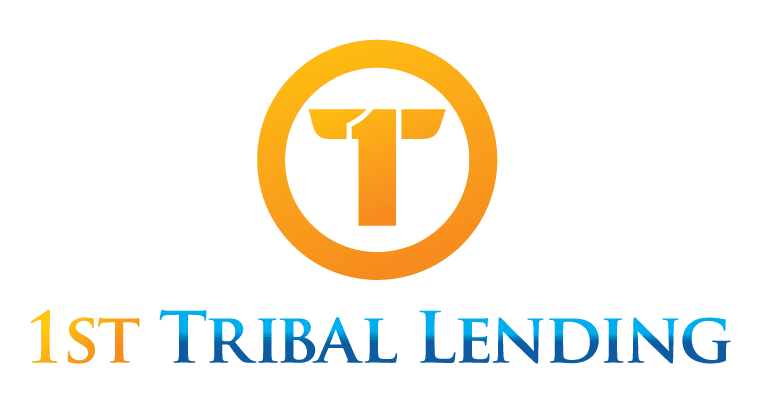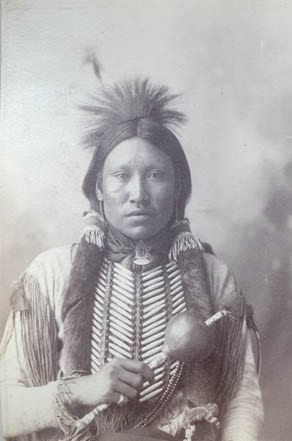In the previous Explore Your Ancestry article, we discussed how you could search for your ancestors through the 26 non-reservation boarding schools that were established in the early 1900’s for Native American children. Then through the National Archives that had all of their enrollment information, affiliated tribes, newspaper clippings, and much more. This post will discuss the other ways in which you can explore your ancestry including through the BIA, public libraries, and federal archives.
Through Your Tribe
One of the more common ways to explore some of your Native American ancestry is through your tribe or your family. For many people, we already have collected genealogical information for our families. But, in case you’re curious, you should have the ability to go to the enrollment department that is located within your tribe and receive your family information. Usually, you will be provided with:
- Names
- Birth Dates
- Affiliated Tribes
- Sometimes: whole family trees and/or pictures
After you find out the information that you need from your tribe, you can take a couple of different routes to research your ancestors. First, you can take the information that you receive to a regional BIA office, they may have some information. Or, you can go to a repository or library to look for more information.
Going to the BIA
Although the BIA can possibly provide a lot of information, they do maintain on their website that they do not have a massive national registry or comprehensive computer database of all Native American individuals. But, their regional offices may have information if an ancestor’s estate was probated through the bureau, their name appears on a tribe’s base membership roll, or if their name appears on a judgment distribution roll as a part of a settlement of a tribal claim. If you do go to a BIA regional office, you can look your ancestor up by name, date of birth, and tribes they were involved in. You’ll need to provide specific details as well to see records, including maiden names and married names of female ancestors, or your relationship to you ancestor.
Public Libraries and Repositories
A great way to look up your genealogical information rather than going through the BIA is to go to public libraries or archives. Local libraries are a great place to start for local information and newspapers that potentially have information on ancestors. As well as local resources, there are also many federal archives and libraries that you can get information from, including the National Archives and Records Administration (NARA), which is the repository and archive for all federal records. The NARA has federal census records from 1790 to 1940, including BIA American Indian census records and military service records for those whose family members served in the military.
If you plan on going through any of these processes to explore your ancestry, we would love to hear about it! Leave a comment below about what you found out, we would even possibly like to profile your experience in a future blog post. Have fun searching!

